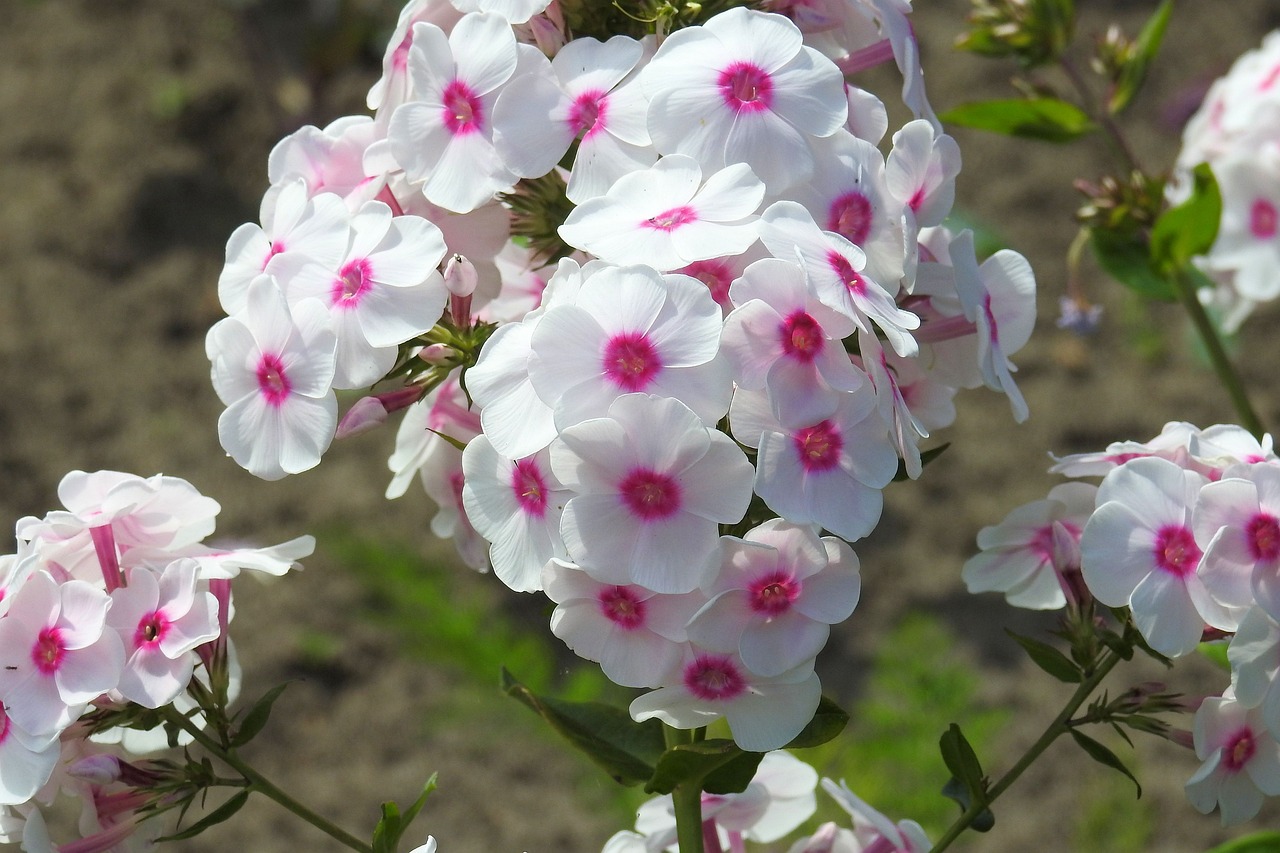
Phlox and Planting: A Guide to Growing Beautiful Blooms
Introduction
Phlox, commonly known as “summer phlox,” is a delightful and versatile flowering plant that adds vibrant colors and pleasant fragrance to any garden. With its abundance of blossoms and easy cultivation, phlox has become a favorite among gardeners. In this article, we will delve into the art of planting phlox, covering everything from choosing the right varieties to providing essential care for healthy growth and stunning blooms.
Table of Contents
- Choosing the Right Phlox Varieties
- Selecting a Suitable Planting Location
- Preparing the Soil for Phlox
- Propagation Techniques
- Planting Phlox Seeds
- Planting Phlox Transplants
- Watering and Moisture Requirements
- Fertilizing Phlox for Optimal Growth
- Controlling Pests and Diseases
- Pruning and Deadheading Phlox
- Supporting Phlox for Upright Growth
- Dividing and Transplanting Phlox
- Attracting Pollinators with Phlox
- Companion Planting with Phlox
- Tips for Overwintering Phlox
1. Choosing the Right Phlox Varieties
Phlox comes in various species and cultivars, each with its unique characteristics. Some popular varieties include:
- Phlox paniculata: Commonly known as garden phlox, this tall variety showcases clusters of vibrant flowers in summer.
- Phlox subulata: Also called creeping phlox, it forms a low carpet of blooms and is perfect for ground cover.
- Phlox drummondii: An annual variety with colorful blooms, often used in containers and bedding displays.
- Phlox divaricata: Known as woodland phlox, it thrives in shade and adds elegance to shaded garden areas.
When selecting phlox varieties, consider your garden’s conditions, such as sunlight exposure and soil type, to ensure successful growth.
2. Selecting a Suitable Planting Location
Phlox flourishes in areas with full sun to partial shade. While some varieties can tolerate shade, most prefer at least 6 hours of sunlight daily. Choose a location with well-draining soil, as phlox does not thrive in waterlogged conditions.
3. Preparing the Soil for Phlox
Before planting, it’s essential to prepare the soil properly. Phlox thrives in moderately fertile soil with a slightly acidic to neutral pH level. Work organic matter into the soil to enhance its structure and fertility, promoting better root development.
4. Propagation Techniques
Phlox can be propagated through seeds or division. Seed propagation is ideal for annual varieties, while perennial phlox can be propagated through division.
5. Planting Phlox Seeds
When planting phlox seeds, sow them directly into the garden in early spring after the last frost. Lightly cover the seeds with soil and keep the area consistently moist until germination occurs.
6. Planting Phlox Transplants
For quicker blooms, consider using phlox transplants from a nursery. Plant them in spring after the frost has passed, following the spacing recommendations for the specific variety.
7. Watering and Moisture Requirements
Phlox appreciates regular watering, especially during hot and dry periods. However, avoid overwatering, as it can lead to root rot. Use mulch around the plants to retain moisture and reduce weed growth.
8. Fertilizing Phlox for Optimal Growth
To encourage healthy growth and abundant blooms, fertilize phlox in the early spring using a balanced, slow-release fertilizer. Avoid excessive nitrogen, as it can lead to excessive foliage growth at the expense of flowers.
9. Controlling Pests and Diseases
Phlox is generally resistant to pests and diseases. However, keep an eye out for common issues like powdery mildew and spider mites. Use organic pest control methods whenever possible to protect beneficial insects.
10. Pruning and Deadheading Phlox
Regular deadheading of faded blooms helps prolong the flowering period and keeps the plant looking tidy. Cut back the stems in late summer to encourage a second flush of flowers.
11. Supporting Phlox for Upright Growth
Taller varieties of phlox may require staking or support to prevent bending or flopping. Use bamboo stakes or other supports to keep the plants upright.
12. Dividing and Transplanting Phlox
As perennial phlox matures, it may become crowded. Dividing the plants every few years helps maintain vigor and enhances blooming. Divide in early spring or after the blooming season.
13. Attracting Pollinators with Phlox
Phlox is a magnet for butterflies, bees, and hummingbirds. Planting phlox in your garden will not only beautify it but also attract essential pollinators.
14. Companion Planting with Phlox
Phlox pairs well with many other garden plants, such as daylilies, coneflowers, and daisies. Create eye-catching and harmonious combinations by incorporating phlox into mixed borders.
15. Tips for Overwintering Phlox
Some phlox varieties are hardy and can withstand winter temperatures. Provide a layer of mulch around the plants to protect the roots during the cold months.
Conclusion
Phlox is a charming addition to any garden, offering an array of colors and delightful fragrances. By choosing the right varieties, providing proper care, and embracing companion planting, you can enjoy the beauty of phlox throughout the growing season. Enhance your garden with this stunning flower and welcome pollinators to your outdoor sanctuary.
FAQs (Frequently Asked Questions)
- Can I grow phlox in containers?
- Yes, some dwarf varieties of phlox can be grown in containers, making them a lovely addition to patios and balconies.
- Do I need to deadhead phlox regularly?
- Regular deadheading is beneficial but not mandatory. It encourages more blooms and extends the flowering season.
- Are phlox plants deer-resistant?
- While no plant is entirely deer-proof, some phlox varieties are less appealing to deer due to their fragrance.
- Can I divide phlox in the fall?
- It’s best to divide phlox in early spring when the new growth begins, as it allows the plant to establish before winter.
- How often should I fertilize my phlox?
- Apply a balanced fertilizer in early spring and refrain from excessive nitrogen to promote better flowering.